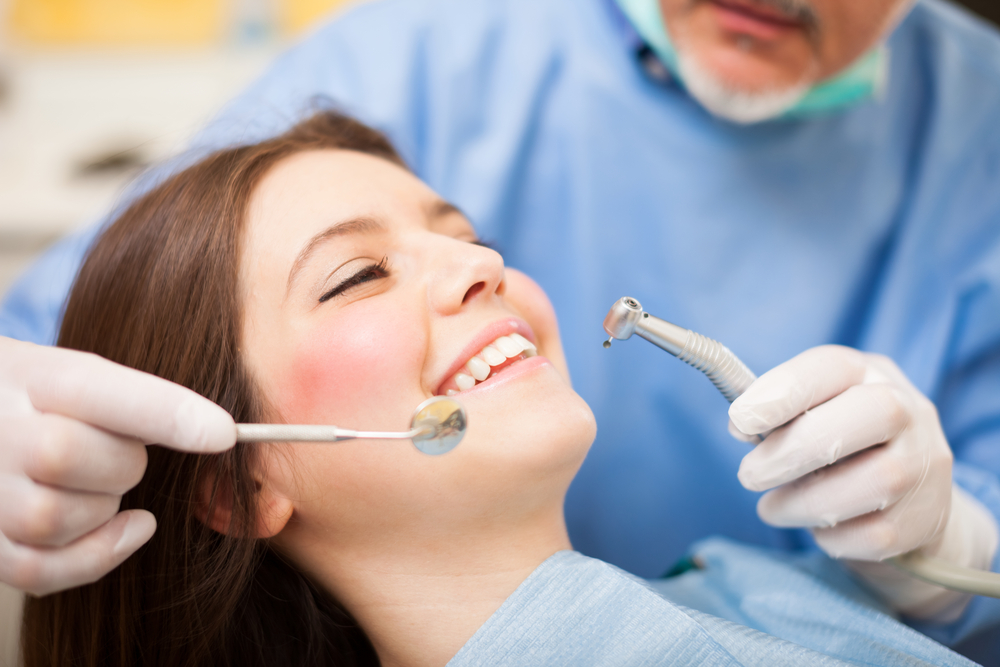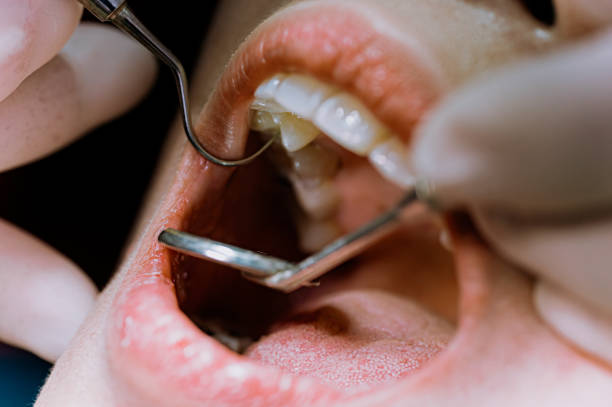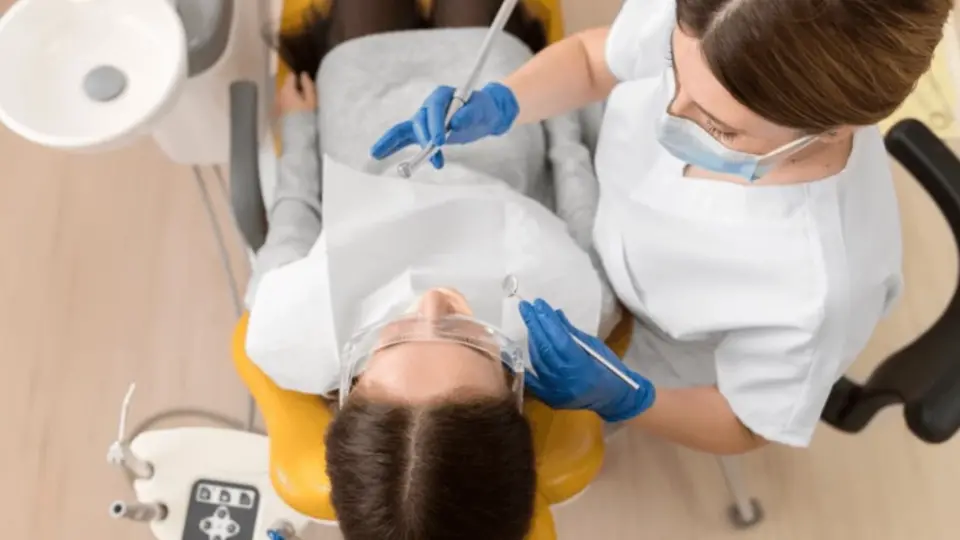The Evolution of Teeth Cleaning: From Ancient Rituals to Cutting-Edge Technology

People have always looked for ways to keep their teeth clean, but let’s just say early methods were a bit…unusual. Crushed oyster shells, burnt eggshells, and even twigs were common tools for scrubbing teeth centuries ago. Over time, these crude techniques gave way to more refined solutions—herbal pastes, chew sticks, and eventually, the first bristle toothbrushes.
Today, we have everything from electric toothbrushes to laser-cleaning technology, making oral care more advanced than ever. The evolution of teeth cleaning is a story of creativity, science, and a never-ending pursuit of a brighter, healthier smile.
How did ancient civilizations clean their teeth before modern dentistry?
Before the advent of modern dentistry, ancient civilizations developed various methods to clean their teeth, often using natural resources available to them. Here’s how some of these early cultures approached oral hygiene:
- Chew Sticks: People in ancient Egypt, Greece, and Mesopotamia used sticks from aromatic trees like neem or miswak to clean their teeth. They chewed the sticks until they became frayed, and the fibers were used to scrub the teeth and gums.
- Tooth Powders and Pastes: The Egyptians created a rudimentary toothpaste using abrasive mixtures, including crushed rock, pumice, and powdered ashes, combined with other ingredients such as salt and pepper. The Greeks and Romans also used powders of crushed bones, oyster shells, and charcoal.
- Mouthwashes: In China and ancient Greece, mouthwashes were often made from natural substances like vinegar, salt water, or herbal infusions. These were believed to help clean the mouth and freshen breath.
- Finger and Cloth: Many early civilizations, including the Romans and Indians, used cloths or their fingers to rub their teeth and gums. This method was often done with or without a cleaning substance like salt or herbs.
- Diet and Chewing: Some civilizations, such as the Aztecs and early humans, relied on their diet to help clean their teeth. Chewing raw plant materials and fibrous foods acted as a natural abrasive to help remove plaque and debris.
These early techniques, based on available materials and a basic understanding of oral hygiene, formed the groundwork for modern dental care practices.
What were the earliest tools used for teeth cleaning in history?
The earliest tools used for teeth cleaning in history were simple, natural objects that early humans adapted for oral hygiene. Here’s a look at some of the first tools used for this purpose:
- Chew Sticks: One of the earliest tools, chew sticks, were used by ancient civilizations like the Egyptians, Greeks, and Chinese. These were twigs from aromatic trees, such as the neem or miswak tree, chewed on one end until the fibers frayed, creating a brush-like effect for scrubbing teeth.
- Bones and Animal Hairs: Early humans also used animal bones, which were sometimes sharpened into sticks for scraping the teeth. In some cases, animal hairs were attached to the bone, forming the first rudimentary toothbrushes.
- Crushed Bones and Shells: Ancient Egyptians, Greeks, and Romans used abrasive materials like crushed bones, oyster shells, and charcoal to create tooth powders. These powders were applied using a finger or cloth to scrub teeth.
- Cloth or Fingers: In the absence of specialized tools, early people often used cloth or simply their fingers to rub their teeth, sometimes with an abrasive material like salt or ash.
- Herbal Mouthwashes: Many ancient cultures used herbal infusions, vinegar, or saltwater as mouthwashes to clean the mouth, freshen breath, and promote oral health.
These early tools laid the foundation for modern dental hygiene practices, evolving over centuries into the toothbrushes and dental products we use today.
How has dental hygiene technology evolved?
Dental hygiene technology has evolved significantly over the centuries, leading to more effective and accessible oral care. Here’s how dental hygiene technology has progressed:
- Manual Toothbrushes: The first toothbrushes appeared in the 15th century, with bristles from animal hairs attached to a wooden handle. These evolved with nylon bristles in the 1930s, making toothbrushes more hygienic and durable.
- Electric Toothbrushes: The first electric toothbrush was introduced in the 1960s. These devices have since evolved to include rotating and oscillating brush heads, timers, and pressure sensors, offering a more efficient and effective clean than manual brushing.
- Flossing Technology: Traditional dental floss was introduced in the early 19th century, but modern innovations like water flossers have transformed this process. Water flossers use pulsating streams of water to clean between teeth, making flossing easier for people with braces or sensitive gums.
- Ultrasonic Technology: Ultrasonic toothbrushes, which use high-frequency vibrations to remove plaque, have become popular. They provide a deeper clean and can remove more plaque than traditional brushing.
- Advanced Toothpaste and Rinses: Today’s toothpaste contains specialized ingredients like fluoride, tartar control, and whitening agents. Mouthwashes have also advanced to include antibacterial agents, providing deeper cleaning and protection.
- Digital X-rays and AI: Digital X-rays and artificial intelligence are transforming how dentists assess oral health, offering faster, more accurate diagnostics while reducing radiation exposure.
These technological advances have made dental hygiene more efficient, accessible, and effective, leading to better oral health outcomes for people of all ages.
What are the major advancements in teeth cleaning methods today?
Here are some of the major advancements in teeth-cleaning methods today:
- Ultrasonic Cleaners: These use high-frequency sound waves to efficiently remove plaque and tartar. The vibrations break down the buildup, which can be difficult for manual scraping to reach.
- Laser Teeth Cleaning: Lasers remove plaque and tartar without the need for traditional tools. It’s faster, less invasive, and can be more comfortable for patients.
- Electric Toothbrushes with Smart Features: These brushes use advanced technology, such as pressure sensors, timers, and app integration, to improve brushing techniques and ensure a more thorough clean.
- Air Polishing: This method gently cleans teeth using a fine spray of air, water, and a special powder. It removes surface stains and plaque, especially around dental work like crowns and bridges.
- Advanced Whitening Treatments: Modern teeth cleaning methods now include whitening systems that combine laser or LED light with hydrogen peroxide gels for more effective stain removal.
- Preventive Sealants and Treatments: Fluoride treatments and dental sealants are now more refined and applied with precision, helping prevent decay and maintain oral health.
These advancements continue to make dental cleanings more effective, efficient, and comfortable for patients.
Discover the Evolution of Teeth Cleaning Technology Today!
At Illume Dental, we combine modern technology with expert care to ensure your teeth stay healthy and bright. Our advanced tools, like ultrasonic cleaners and laser treatments, offer efficient, painless cleaning for a deeper, longer-lasting result.
Whether you’re in for a routine cleaning or looking for whitening solutions, trust us to provide the most up-to-date dental care. Experience the future of dental hygiene with us today!


